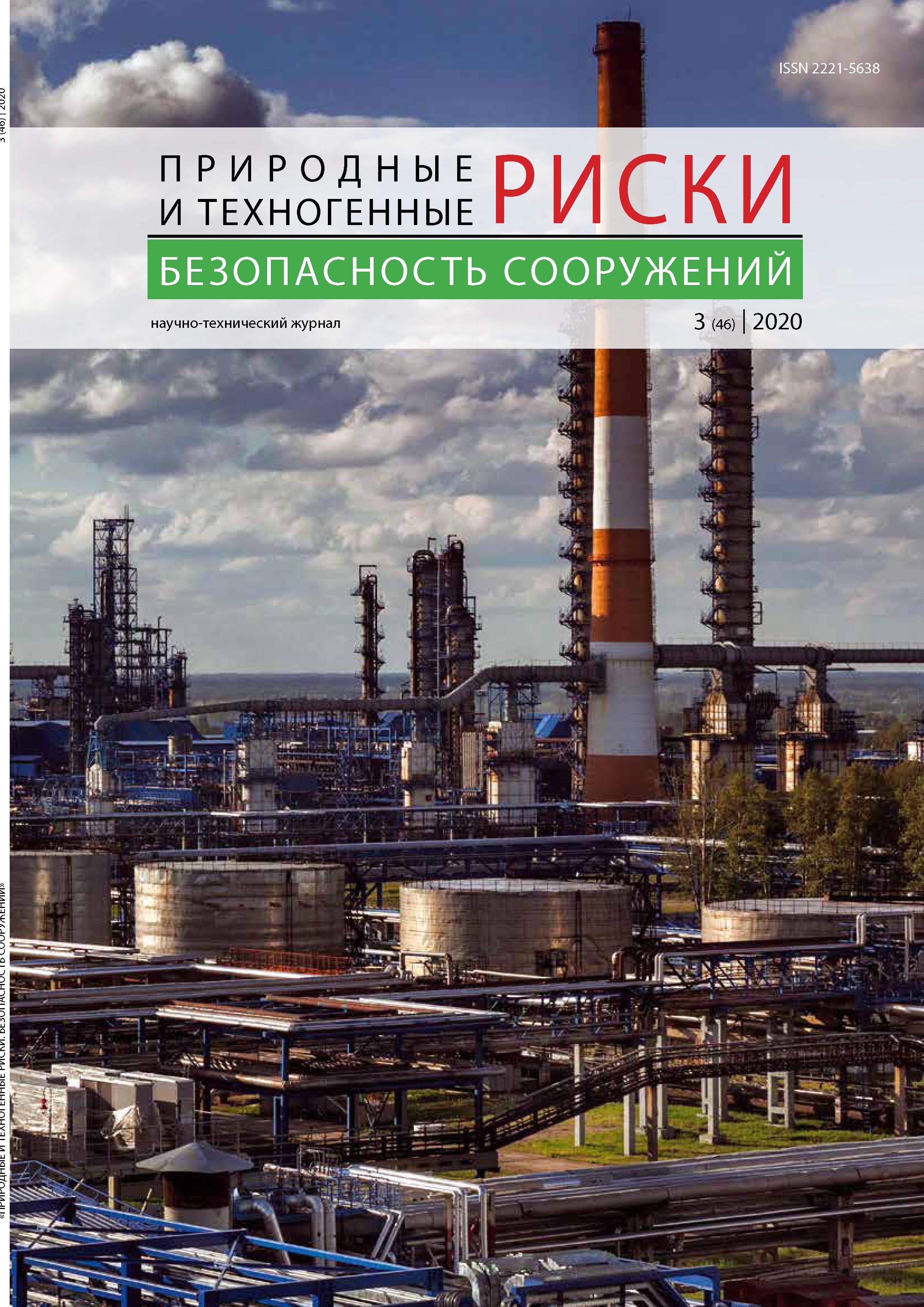Безопасность земляных сооружений, оснований и фундаментов
Methods for increasing stability of inclinations and slopes
Authors: Khomyakov V.A., Emenov Yu.M.
Key words: slope, retaining wall, active pressure, soil anchors, slope stability, angle of internal friction
Based on the results of a preliminary survey of the status of hill and slopes in the foothills of the city of Almaty (Kazakhstan) and a study of engineering and geological conditions, the most characteristic landslide development sites were identified. Based on the specifics of their geological structure and physico-mechanical parameters of soils, options are given to ensure the stability of slopes and slopes of various configurations and steepness. The calculation justification confirms the effectiveness of the proposed methods and gives specific constructive measures.
Problems of research of vibration of foundations of buildings caused by motion of motor transport
Authors: Ponomaryov A.B., Shutova O.A.
Key words: vibration, vibration acceleration, regulatory documents, rationing
The article discusses issues related to the normalization of vibration of structures of foundations of residential buildings under the influence of technogenic sources. These questions arose during a full-scale experiment to study the vibration of the structures of the foundations of residential buildings caused by the movement of vehicles. A description of the experimental sites, the experimental technique, the factors studied, and the results obtained are given. The problems associated with the assessment of the obtained values of vibration acceleration are described. The analysis of the current regulatory literature in the field of dynamic effects on structures showed that at present there are some problems of normalizing the vibration of foundation structures from vehicle traffic.
Serviceability of gravity retaining walls in seismic region
Authors: Khomiakov V.A., Khodzhagali I.N.
Key words: retaining wall, backfill soil, base, geogrid, slope
The paper presents the results of laboratory research of gravity retaining wall models stress-strain state. Segments of the walls are made on a 3D printer at a scale of 1 in 50. The testings were carried out in a tray with external static load and seismic effect on the wall model. Deformed state of the wall was monitored by needle indicators and the backfill soil — by powder sensors. The data for geogrid impact on deformed state of the backfill soil and gravity walls overall stability were obtained.
Design analysis, design of components, buildings and structures
Response spectra method and nolinear systems
Authors: Semenov V.A., Lebedev V.L.
Key words: seismic resistance, damping, nonlinearity, response spectra method
The problem of determining displacements and forces in structural elements exposed to seismic influences using the response spectra method is considered. The solution to this problem extends the response spectra method to the calculation of nonlinear systems. For this aim, the stage of determining seismic forces is excluded in the calculation procedure, and modal displacements and element forces are directly calculated. Within the framework of this approach, can be calculated constructions for which a nonlinear static calculation for determining the equilibrium position must be used. The presented methods and algorithms are implemented in the MicroFE-StaDiKon software package, intended for mass use in construction design.
Method of static accounting higher vibration modes in structure dynamics
Authors: Lalin V.V., Le T.K.C., Ngo H.H.
Key words: structure dynamics, spectral method, vibration modes, higher modes, static accounting
The calculating structure under dynamic actions is usually carried out by the method of decomposition according to its own modes. This method gives an exact solution of the dynamic problem with full consideration of the system modes. However, when solving problems using software systems, dynamic calculations are performed approximately taking into account a limited number of first eigenmodes. As a rule, the contribution to the dynamic reaction of the construction of unaccounted for higher vibration modes is not evaluated at all. This work is devoted to a method of static accounting of higher forms of vibrations in the problems of the dynamics of building structures. The method of static accounting of higher modes requires the solution of one dynamic problem and two auxiliary static problems. An important circumstance may be that one of the static problems must be solved using the decomposition method according to its own modes. The approach proposed in the article allows one to reduce the computational costs of dynamic calculations in comparison with the classical approach.
Inverse eigenvalue problem for linear systems with damping and its applications for damping structure vibrations
Authors: Semenov V.A., Trubnikov S.A.
Key words: seismic resistance, damping, eigenvalues, inverse problem
Effective numerical algorithms for solving the inverse quadratic eigenvalue problem are considered.
The algorithms are implemented in the Microfe-StaDyCon software package and can be used to analyze and correct free vibrations of structures with both proportional and nonproportional damping.
The algorithms solve the problem of partial reassignment of the eigenvalues of free vibrations of damped systems, leaving the remaining eigenvalues and the corresponding eigenvectors unchanged. These algorithms can be effectively applied in solving problems of damping structural vibrations during seismic and other dynamic influences. Examples of the use of algorithms for models of real structures are presented, performed using the Microfe-StaDyCon software package and illustrating the high efficiency of the algorithms.

